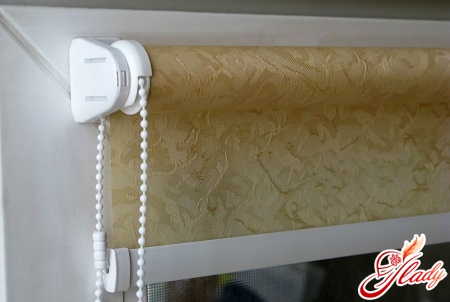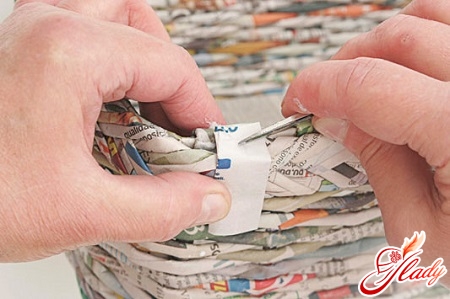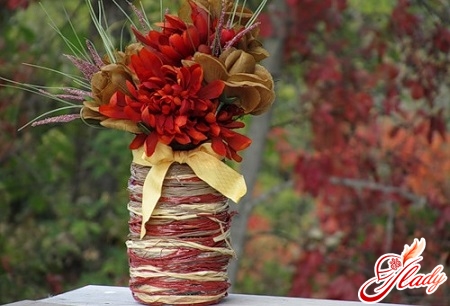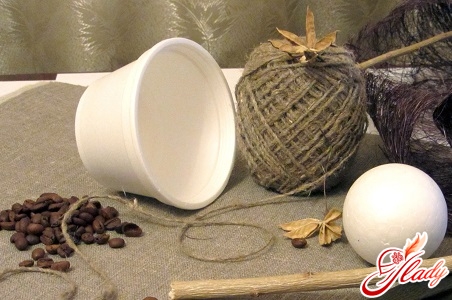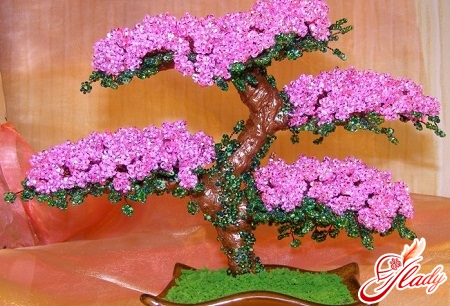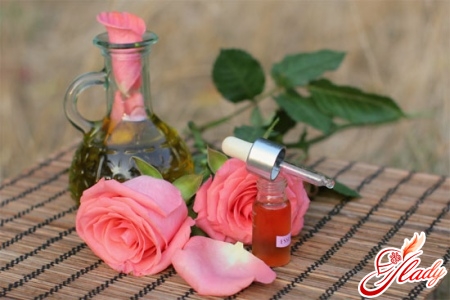 At one time, the novel "Perfume" by Patrick Suskindshocked the reading public. Those who had not read the novel were shocked when they saw the film adaptation of the same name. And readers and viewers were shocked not only by the detective plot and historical details, but also by the realization that smell has power over a person. However, a novel is a novel, and in life everything is much simpler. People have learned to extract and store smells, as well as use them for their utilitarian purposes for a long time. At first, these were liquids based on fats and oils, then smells began to be preserved with alcohol, then solid perfumes were invented, they learned to make perfumes with pheromones, and what will happen next - one can only guess. But there is no need to guess how to make perfume yourself. Because, to the delight of home-grown perfumers and cosmetologists, there are not only all the materials available for this magical process, but also detailed instructions. Here are what we offer you.
At one time, the novel "Perfume" by Patrick Suskindshocked the reading public. Those who had not read the novel were shocked when they saw the film adaptation of the same name. And readers and viewers were shocked not only by the detective plot and historical details, but also by the realization that smell has power over a person. However, a novel is a novel, and in life everything is much simpler. People have learned to extract and store smells, as well as use them for their utilitarian purposes for a long time. At first, these were liquids based on fats and oils, then smells began to be preserved with alcohol, then solid perfumes were invented, they learned to make perfumes with pheromones, and what will happen next - one can only guess. But there is no need to guess how to make perfume yourself. Because, to the delight of home-grown perfumers and cosmetologists, there are not only all the materials available for this magical process, but also detailed instructions. Here are what we offer you.
Necessary materials
The most labor-intensive stage of perfume production (toThe joys of modern craftswomen) were taken over by cosmetic and pharmaceutical companies. The essential oils they produce are the main components of aromatic compositions of home perfume. Therefore, you will need to buy them first. And they are sold in any drugstore or in handicraft stores. Note that perfumes are made on the basis of oil or alcohol. Therefore, depending on the type of perfume you choose, you will need a base oil (it is best to use jojoba oil) or medical alcohol. Oil-based perfumes have a very rich aroma, and the composition itself matures for two to four weeks. Alcohol-based perfumes will be ready in four days, but they will have much fewer aromatic shades. An important advantage of alcohol perfumes is the ability to apply them to clothes and hair. But oil perfumes can only be applied to the body, added to the bath as a fragrance, or used for a scented medallion or pendant. In addition to essential oils and a perfume base, you will need tightly closed bottles. The volume of such vessels should be sufficient for convenient mixing of components. But too spacious dishes are also not suitable, since after sealing, an air layer remains inside the vessel. And the smaller it is, the better the quality of the perfume will be. So choose bottles of such a volume that the amount of air remaining in them after the preparation of perfume is minimal. Another necessary material for making homemade perfume is paper strips. This is not even a material, but a tool with which you will conduct tests when mixing components and test the maturing aroma. That, in fact, is all you need to make handmade perfume at home.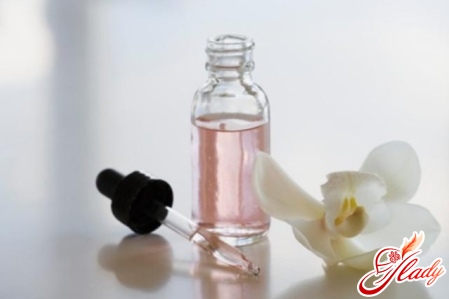
Creating a perfume composition
Before you start making perfume,it is necessary to learn how to compose perfume compositions. But to begin with, it would not hurt to learn the principle of their composition. The aromatic composition (bouquet) of any perfume includes three smells. Similar to a musical composition, these components are called notes. All three notes of the aromas should be revealed gradually. The initial (in the language of professionals - the head) note is the top note of the perfume. The middle note is the central smell, which is called the heart note. The final (last) note is the base aroma and is called the foundation of the perfume. All aromatic notes of the perfume composition are revealed at different times, and the duration of this process is the lifespan of the note. Naturally, each note has a different lifespan. The head note has the shortest life, the heart note lives a little longer, and the foundation of the perfume has the longest life. Accordingly, the amount of essential oils is taken for each note - one part of the top, two parts of the heart and three parts of the foundation. Note that to create each note, it is not at all necessary to use only one aroma. That is, for one note you can take two, three, or even five different essential oils. And in complex perfume compositions, a single note can consist of dozens of aromas. In fact, to make perfume at home, you need not only practical skills, but also knowledge about the compatibility (complementarity) of aromas, their minor or major. Experienced masters not only know how to correctly combine smells, but also recognize individual aromas in a finished composition. And beginner amateur perfumers can use a little hint:
- oils for the main note - carnation, juniper, patchouli, sandalwood, rosewood, cinnamon, cypress, incense, cedar, musk;
- oils for the head note: bergamot, lemon, peppermint, orange, verbena, mandarin, lemon grass;
- oils for medium notes - mimosa, ylang-ylang, rose, jasmine, chamomile, lemon balm, iris, geranium, hyssop, myrtle.
The process of making perfume
This process will not only allow the productionher own individual perfume, but will also give the craftswoman a lot of pleasure. Because this process is creative. Mixing different scents, achieving a special aroma of each note, and as a result inventing a unique perfume composition! This can be compared to the work of a painter, poet or director. This process is akin to musical creativity. Only a composer has only seven notes in his arsenal, and a perfumer has an innumerable number of different aromas. The entire process of creating perfume comes down to several main stages:
- Mixing of essential oils to obtain the aroma of each note;
- the music mix in strict sequence: foundation oil, heart note oil, top oil;
- Adding the basis of perfume - alcohol or jojoba oil;
- perfume packaging in vials;
- maturation of the perfume and its storage.
Proportions of components for oil-based perfumesbasis: for 10 milliliters of jojoba oil take 15 to 20 drops of essential oils. If you are making your perfume on an alcohol basis, then follow these proportions: for 10 milliliters of medical alcohol (90%) take 5 or 10 milliliters of distilled water and 10-15 drops of essential oils. Keep in mind that the number of drops of essential oils is the total amount of all three notes of the perfume. Therefore, you must first make up each note, and then add this mixture to the composition in the right proportion. In practice, everything will look like this. If you use several essential oils for each note, then first make up the aromatic mixtures. Now take the required amount of the base oil or alcohol - about two-thirds of the bottle's volume. Then, be sure to observe the ratio of the amount of the base and the amount of essential oils, add the base note. Shake the bottle, check the resulting aroma by applying a little of the mixture to a strip of paper or to the skin. If you are satisfied with everything, add the heart note, shake the mixture again, and finally pour in the top (head) note oils. If a particular scent dominates the final aroma of the composition, it can be balanced or muted with any other note oil or a few drops of neutral lavender oil. After this, the bottle is tightly sealed and put away in a dark place, where the perfume should infuse and mature. Depending on the base, this will take from one to four weeks. During this time, the bottle of perfume should be shaken every three to four days. And your finished perfume should be stored in a dark and cool place. Ideally, in the refrigerator.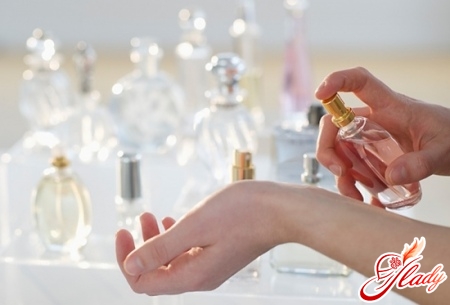
Perfume with pheromones
Many people are interested in how to make it at homeconditions perfume with pheromones. Get ready for disappointment, because it is impossible to make perfume with pheromones yourself. And it is not at all in the technology of making perfumes, but in the fact that pheromones are special organic compounds with a very low molecular weight. Only chemists work with pheromones, and they are made only in specially equipped laboratories. So, unless you are a high-class chemist or the owner of a special laboratory, then you will not be able to make perfume with pheromones at home yourself. However, if you really want to have your own perfume with pheromones, then it is easier to buy them than to try to make them yourself. Nevertheless, there is still an alternative to perfumes with pheromones - these are perfumes with aphrodisiac oils. They have, if not identical properties, then very similar ones. Aphrodisiacs are really able to awaken sensuality, increase potency, arouse sexual desire or help to relax. In addition, aphrodisiacs promote the release of pheromones by the human body. So try making perfume at home not with pheromones, but with aphrodisiacs:
- ylang-ylang,
- geranium,
- grapefruit,
- myrrh,
- cloves,
- ginger,
- neroli,
- cypress,
- palmarozoic,
- orange,
- sandalwood,
- lavender,
- rosemary.
Believe me, perfumes with these oils will be no lesseffective than perfumes with pheromones. By the way, it was the hero of the novel "Perfumer" who was able to make perfumes with pheromones. But remember how exactly he managed to do it, and how it all ended. So leave the failed idea of making such perfumes at home in advance.
Homemade Recipes
Over time, you will definitely learn how to do ityour own perfume with a unique aroma. But it is often difficult for a novice craftswoman to choose the right combinations of oils, so you can use ready-made perfume recipes. Perfume "Artemis" For active ladies who lead an active lifestyle and play sports.
- The top note is 1 drop of peppermint and lemon oil,
- The average note is 2 drops of myrtle and cypress oil,
- Base note - 5 drops of sandalwood oil and 3 drops of bergamot oil and muscatine sage.
Perfume "Veil" Suitable for women who like spicy and warm aromas.
- The top note is 2 drops of ylang-ylang oil,
- The average note is 3 drops of orange and incense oil,
- The base note is 10 drops of sandalwood oil and 5 drops of benzoy oil.
Perfume "Monica" is perfect for romantic natures, as well as ladies who value their sexuality and sex appeal.
- The top note is 2 drops of rose oil,
- The average note is 2 drops of verbena oil, patchouli, ylang-ylang and jasmine,
- The base note is 10 drops of sandalwood.
Perfume "Terpsichore" Perfume for creative people, passionate about art, literature and, surprisingly, handicrafts.
- The top note is 1 drop of rose oil,
- The average note -3 drops of oil of iris and 2 drops of cinnamon and millet oil,
- The base note is 10 drops of sandalwood and 5 drops of lemon grass.
Perfume "Tsarevna" The combination of aromas in this perfume helps reduce appetite. So it is perfect for ladies who want to stay slim.
- The top note is 1 drop of rose oil,
- The average note is 3 drops of lavender and jasmine oil.
- Base note - 5 drops of grapefruit and bergamot oil.
Perfume "Mon Ami" Self-made perfume that can be a great gift for your loved one and will be no worse than factory-made eau de toilette.
- The top note is 1 drop of vetiver oil and lemon,
- The average note is 2 drops of juniper and lavender oil.
- Base note -4 drops of bergamot oil and 3 drops of sandalwood and myrtle oil.
Perfume "Splashes of the Sun" The combination of fresh citrus aromas with the delicate scent of roses perfectly lifts the mood, refreshes thoughts and sharpens the senses.
- The top note is 5 drops of rose oil,
- The average note is 7 drops of petitgrain oil.
- Base note - 15 drops of orange oil.
Having practiced on proven and alreadytested in practice perfume recipes, you will learn to combine aromas. By the way, you can learn this experimentally. Just try mixing different essential oils, apply them on strips of paper and test the aroma. As you can see, it is quite possible to make perfume yourself. To do this, you do not need to equip an entire laboratory or workshop at home. The necessary knowledge, suitable components, imagination and desire - that's all that a beginner perfumer needs. Do not be afraid to experiment, because creativity is a constructive process. Go for it! And you will definitely succeed! We recommend reading:




